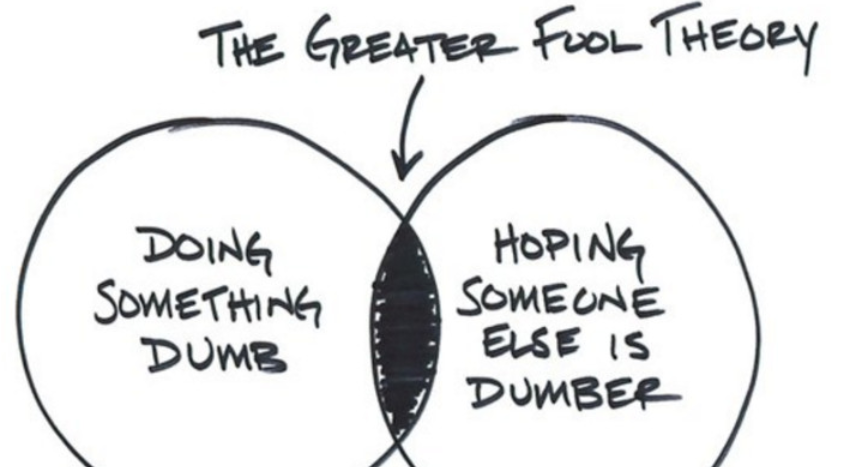1. Make all your mistakes early in life: The more tough lessons you learn early on, the fewer (bigger) errors you make later. A common mistake of all young investors is to be too trusting with brokers, analysts, and newsletters who are trying to sell you something.
2. Always make your living doing something you enjoy: Devote your full intensity for success over the long-term.
3. Be intellectually competitive: Do constant research on subjects that make you money. Plow through the data so as to be able to sense a major change coming in the macro situation.
4. Make good decisions even with incomplete information: Investors never have all the data they need before they put their money at risk. Investing is all about decision-making with imperfect information. You will never have all the info you need. What matters is what you do with the information you have. Do your homework and focus on the facts that matter most in any investing situation.
5. Always trust your intuition: Intuition is more than just a hunch — it resembles a hidden supercomputer in the mind that you’re not even aware is there. It can help you do the right thing at the right time if you give it a chance. Over time, your own trading experience will help develop your intuition so that major pitfalls can be avoided.
6. Don’t make small investments: You only have so much time and energy so when you put your money in play. So, if you’re going to put money at risk, make sure the reward is high enough to justify it.


